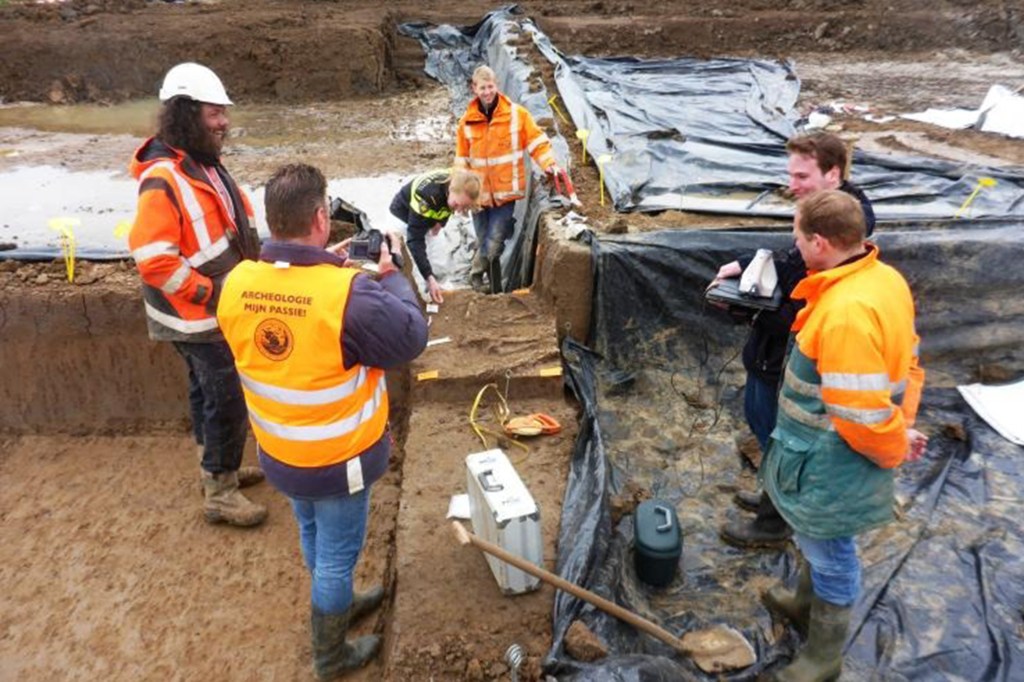4,000-year-old ‘Stonehenge’ burial ground discovered in the Netherlands
A 4,000-year-old religious burial ground has been discovered in the Netherlands.
The mound — 65 feet in diameter — has the remains of around 60 men, women and children, Phys.org reported.
It was also configured so that the sun would shine directly through on the winter and summer solstices.
After six years of digging, it was uncovered in the town of Tiel, which is 45 miles east of Rotterdam.
“The largest mound served as a sun calendar, similar to the famous stones of Stonehenge in England,” the town put in the statement, according to Reuters.
Offerings of both human and animal skulls — along with valuables like a bronze spearhead — were also found at the spots where the sun directly beamed through.
“This sanctuary must have been a highly significant place where people kept track of special days in the year, performed rituals and buried their dead,” it added. “Rows of poles stood along pathways used for processions.”
Two other smaller mounds used for burial rituals were also discovered and had been used for about 800 years, according to the archeologists, who added that their calendar was used notably to determine harvest and festival days.
A glass bead that originated from Mesopotamia (modern day Iraq) was also found in the area.

“This bead traveled a distance of some 5,000 kilometers, four millennia ago,” chief researcher Cristian van der Linde said.
Stijn Arnoldussen, a professor at the University of Groningen, said that “the bead must have been a spectacular item as for people then it was an unknown material.
“Things were already being exchanged in those times. The bead may have been above ground for hundreds of years before it reached Tiel, but of course, it didn’t have to be,” Arnoldussen added.







